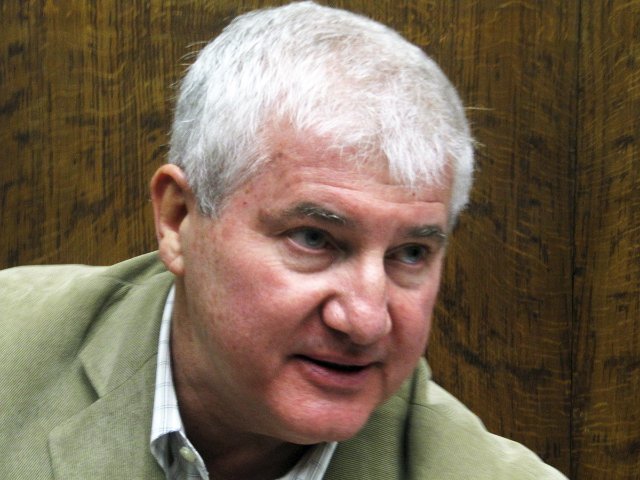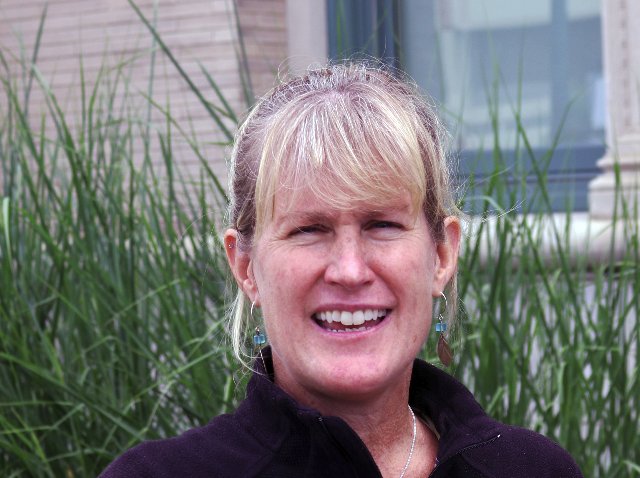Berkshire Museum Decision Handed Down
Green Light to Sell Treasures and Gut the Building
By: Charles Giuliano - Apr 05, 2018
The Berkshire Museum today got the green light to sell priceless works of art, gut the building, and set in place its alleged New Vision. For those who have followed this story for many months this end result is disappointing but comes as no surprise.
For its summer project the museum is organizing a juried show, with prizes, open to artists within its radius.
Nobody is conned by this PR stunt. The “olive branch” held out to the community is more like as sprig of poison ivy.
What appears below is a note from the board president. As usual the typically silent museum director, Van Shields, is hiding behind her skirts.
Artist friends have weighed in about applying for the show. It is suggested that they might submit works based on the lost ones. Perhaps a photo realist might submit a copy of the lost Rockwells.
From this day forward I will recall that Pittsfield once had an eclectic and interesting, small, but vital museum.
Museum’s statement.
Today we learned that the Massachusetts Supreme Judicial Court has ruled in favor of the agreement between the Berkshire Museum and the Massachusetts Attorney General. This is great news for the people of Berkshire County and everyone who visits the Berkshire Museum for one-of-a-kind experiences in history, art, and science. We recognize this decision may not please those who have opposed the museum’s plans. Still, we hope people will be able to move forward in a constructive way to help us secure and strengthen the future of this museum, at a time when our community needs it more than ever.
We’ve been so grateful for the support of so many who have stood with us through this challenging period in the Berkshire Museum’s history. Community engagement has been central to our decision making process since master planning began in 2015. We plan to continue reaching out to the community we serve and hope that you will welcome, and encourage others to welcome, that engagement.
Thank you,
Elizabeth McGraw
President, Berkshire Museum Board of Trustees
SUMMARY
The Office of the Attorney General (AGO) and the Berkshire Museum have filed a petition with the Supreme Judicial Court of the Commonwealth of Massachusetts seeking approval of the following agreement to end litigation between the AGO and the Museum.
With this agreement, the AGO and the museum jointly recognize:
- A shared responsibility for the collection of the Berkshire Museum and to the community it serves;
- The Berkshire Museum faces serious financial challenges including a dwindling endowment, a weakening fundraising climate, and an annual operating deficit of $1.15 million—that will force it to close within the next several years absent a substantial infusion of capital of approximately $60 million;
- Fundraising alone will not be sufficient to generate the capital necessary to ensure the Museum’s survival;
- The AG’s Office, through its investigation, determined that the Berkshire Museum met its demonstrated financial need to deaccession assets;
- A two-year Master Planning Process, including extensive input from hundreds of members of the community, financial guidance from a respected non-profit consultant, and consideration of alternatives to deaccession, led to development of a plan that will allow the Museum to continue fulfilling its mission;
- A shared commitment to ensure public access, especially in the Berkshires, to Norman Rockwell’s Shuffleton’s Barbershop;
- The AGO believes court review is necessary before any sale, and the Museum has filed a cy pres petition with the Supreme Judicial Court; and
- The importance of finding a solution that will help this community resolve its differences.
Key terms of the agreement:
- The Museum filed a cy pres petition, to which the AG’s Office assented, filed with the Supreme Judicial Court today, which outlines the terms of the settlement.
- If approved by the SJC, the Berkshire Museum will be authorized to sell art works to meet its financial need , with the agreement structured so that the Museum may reach its financial goal without necessarily selling all 40 works.
- This authority extends to the 19 items the museum acquired before 1932.
- The Berkshire Museum can structure the sale of these works in an effort to raise up to $55 million, specifically:
- $50 million of the net proceeds to the Museum may be used by the Museum without restriction;
- Net proceeds between $50 – $55 million will be held by the Museum in a separate fund for the benefit of the Museum’s collection and to be used for acquisitions and to support the Museum’s collection, including in connection with the New Vision;
- Any net proceeds that exceed $55 million will be held by the Museum in a separate fund for the benefit of the Museum’s art collection and to be used for acquisitions and to support the Museum’s art collection, including in connection with the New Vision.
- A non-profit U.S. museum has made an offer, obtained by the museum with the support of the AGO, to purchase Shuffleton’s Barbershop with conditions ensuring the work will remain in public view, including:
- Within 120 days of finalizing the acquisition of Shuffleton’s Barbershop, the buyer will initiate a loan of the work to the Norman Rockwell Museum for a period of 18-24 months;
- Following the loan to the Norman Rockwell Museum, the buyer will explore the possibility of loaning Shuffleton’s Barbershop to other museums in the Commonwealth of Massachusetts, such as the Museum of Fine Arts in Boston or the Worcester Art Museum;
- The buyer will ultimately display Shuffleton’s Barbershop in a place of prominence within its museum and will consider periodically loaning the work to museums in Berkshire County and to museums in the United States and around the world.
- The remaining works will be sold in three groups, or tranches, as determined by the museum, until the museum receives $55 million in net proceeds, including the net proceeds from Shuffleton’s Barbershop;
- This means the Museum may not need to sell all 40 deaccessioned works; and,
- The Museum can sell these works in private sale, even for a lower price than would be received through public auction, if that means these works will be accessible to the public.


